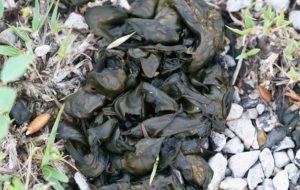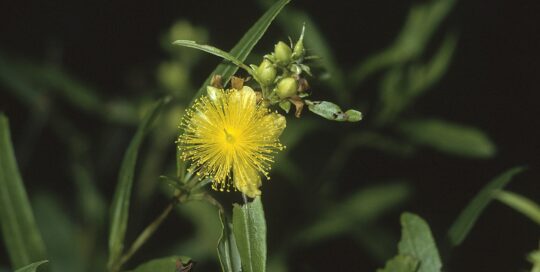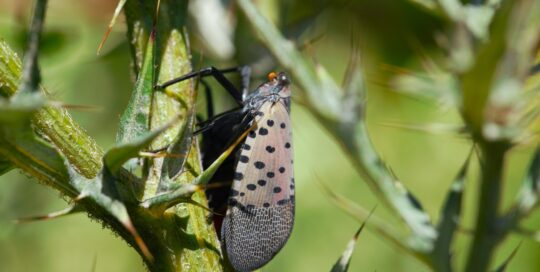The World is Crazy, and I Have Star Jellies in my Driveway
Views: 5411

Oh, 2020, what are you doing to us? With threats to health, safety, and security looming everywhere, I noted the gelatinous, dung-like piles lining the center of my driveway with suspicion. Could it be a rogue attack of a slime mold army? An alien invasion? A coordinated message sent by the local fauna? It took a little research, but I finally figured it out. The world has gone crazy, but I have star jellies in my driveway, and that makes everything better.
I have star jellies, and I love being able to say that! I am a star-jelly custodian. A keeper of star jellies. The star-jelly queen!
What is a star jelly?
And what is a star jelly, you may ask? Well, I asked the same thing, because I had never heard of them. Alas, they do not come from outer space. In fact, they are somewhat boringly mundane, being a colony of cyanobacteria (photosynthetic bacteria, similar to those in lichens) known by the scientific name, Nostoc commune. They are also called witch’s butter (I wouldn’t spread them on my toast, but some are eaten in Asia), mare’s eggs, fah-tsai, and facia. But, obviously, I prefer star jelly. “I have Nostoc commune in my driveway” just isn’t quite as whimsical.
I had noticed the dry, black patches running along the raised center of my gravel drive. In fact, I had wondered if they were alive. Some years ago, during a presentation at a park in New Mexico or Arizona, a park ranger had pointed out similar black patches on the desert sand. She explained that they were living organisms, and she asked her audience not to disturb them. But she hadn’t mentioned that they might suddenly transform into gelatinous blobs after an especially wet spring. Surprise! All that water brought my colonies out of dormancy.
Where can I find one?
Star-jelly colonies are found all over the world, and they are able to survive extreme conditions, from arid, hot deserts to the extreme polar regions. They aren’t even bothered by high levels of ultraviolet radiation. They fix nitrogen from the atmosphere, so they are not limited to surfaces/substrates with nitrogen in them. Colonies can survive in freshwater, on rocks or soil, and they tend to form clumps that go dormant when stressed.
So, basically, you can find star jellies anywhere, including the raised center of a long, rutted, gravel driveway. But only if you’re lucky.
Meet Leslie Miller
Leslie Ann Miller shares 3.5 acres in rural Oklahoma with birds, butterflies and wide variety of animals. She is currently transforming her yard with plantings…
Leslie's Recent Posts

Shrubby St. John’s Wort: A Golden Addition for Your Pollinators






